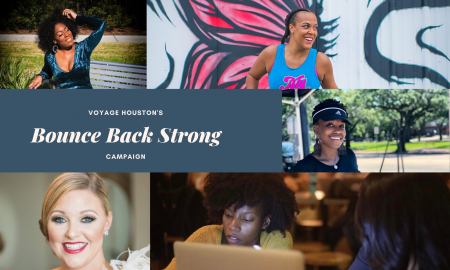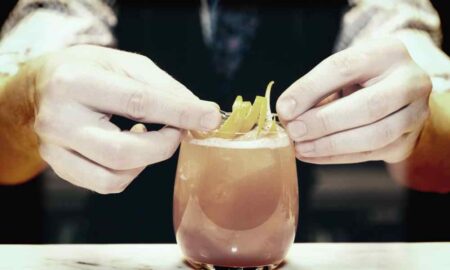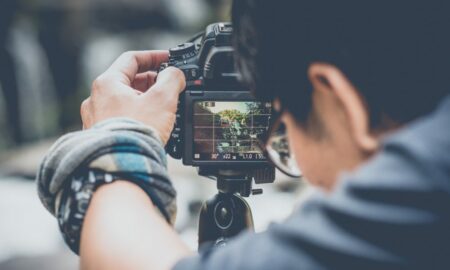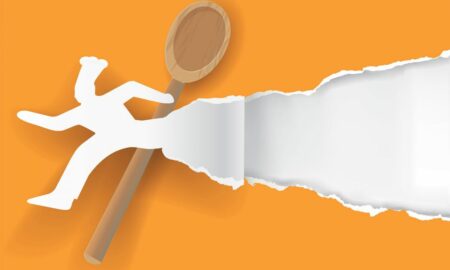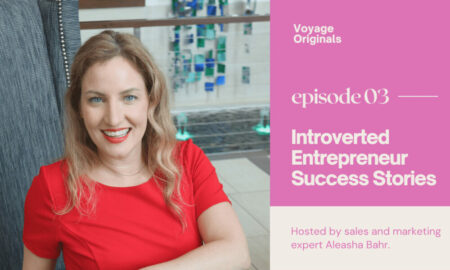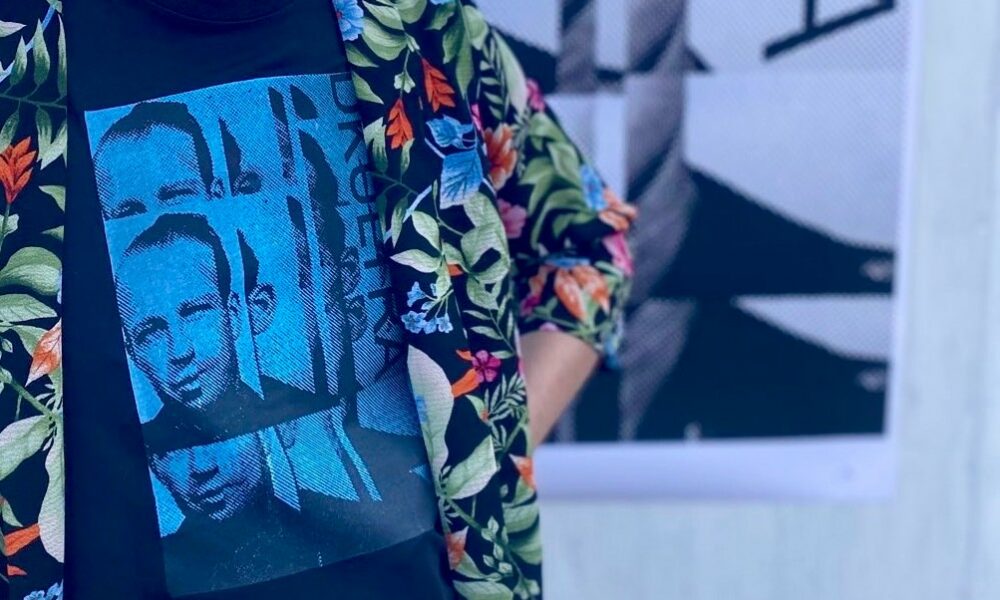

Today we’d like to introduce you to Danny Kerschen.
Hi Danny, we’re thrilled to have a chance to learn your story today. So, before we get into specifics, maybe you can briefly walk us through how you got to where you are today?
I grew up in Houston, received my Bachelor’s Degree in Fine Arts from the University of Houston, then later received a Meisterschüler from the art academy Städelschule in Frankfurt, Germany.
Growing up without much money, I learned to make stuff out of whatever I had around me. If all I had was cardboard and plastic film wrap, then I would make an art installation out of those materials. No need to rely on the art supply store; use what you already have. As a teenager visiting the Menil Collection, I was drawn to found object art, assemblage, and the readymades of Duchamp. I became obsessed with the historical avant-garde.
The initial readymades were displayed in the context of established art venues. I asked myself, what if a readymade artwork were displayed in a heterogeneous context, such as a sidewalk or on the street. Could it still be articulated and recognizable within the discourse? This beckons questions of framing, presentation, and audience. I was working through these concerns in my early art practice. I became curious how other artists might negotiate similar concerns about framing and presentations of artworks in heterogeneous contexts and the Expanded Field. These questions led me to my first curatorial endeavor, “Trailer Park” in 2003, an exhibition of art installations in a double-wide trailer home in Deer Park, Texas. Later I approached these concerns a little differently when I curated “Temporary/Contemporary” in 2004, an exhibition of temporary interventions into the Orange Show monument. The temporary interventions inside the Orange Show were effectively artworks inside another artwork.
Presentation is not only the final smudge of pigment on a stretched canvas, nor is it only the material volume of a new sculpture. Presentation and framing include the wall on which the artwork is displayed, and the floor for the resting pose. Do you prefer carpet, hardwood, or tiles? Framing can occur in the heterogeneous street displayed with eagerness, regardless of authoritative permissions. Street artists intuitively consider the frontiers of display, what are the contours of where an artwork begins or ends? Who are the audience? In addition, framing and presentation can occur in the White Cube where the myth of neutrality persists. The questions of framing, presentation, and display can be folded into an artist’s practice. Light makes an artwork visible. Do you prefer fluorescent tubes, L.E.D.s, or sunlight beaming down? Framing, presentation, and display have been concerns that have followed me for years through my international art practice. Additionally, these concerns of framing, presentation, and display are very important to curatorial endeavors.
Formerly, I had organized exhibitions from time to time; it was an activity which I had enjoyed, although it had not yet been consolidated. One year I might organize a show, then possibly a few years later, another one. I curated the “Trailer Park” exhibition in 2003, “Temporary/Contemporary” at the Orange Show in 2004. I teamed up with Shane Munro in 2009 organizing exhibitions at Ohne Aussicht in Frankfurt, Germany. There are many more exhibitions and cultural events in which I had a hand in organizing. Earlier this year, I was invited back to the Orange Show to revisit previously pioneered curatorial strategies for the exhibition “Re: Tempt Contempt”. Coming back to Houston to work on “Re: Tempt Contempt” reminded me how much I enjoy curating.
We all know that the pandemic shut our worlds down, cultural spaces were vacant, people were isolated in their homes, and the only social congregations seemed to be happening online. As the pandemic standards thawed, I came back to Houston this year to get out of isolation and bring something new out of this current situation. As a curator, I am able to engage socially in art presentations as an invested participant. This year I launched DKULTRA as my curatorial and exhibition display program.
Can you talk to us a bit about the challenges and lessons you’ve learned along the way. Looking back, would you say it’s been easy or smooth in retrospect?
Working as a curator involves collaborating and building trust among multiple participants. Some collaborations are brilliant and run smoothly. Other times, the experiences can become more challenging. Different collaborators bring potential differences in vision and attitude. It is always important to draw clear lines with participants. If a collaboration is for a short temporary situation, then it is less of a potential problem when visions are not completely aligned. If the partnership is expected to be long term, then one must try to work with people that share the same vision and commitments.
For both artists and curators: Travel as extensively as possible. Travel by foot, travel by bicycle, hop freight trains, hitchhike, travel by boat, travel by car, fly in a plane, travel regionally and travel internationally, but travel. Meet people in your travels and ask them about their lives and conditions. Try to make as many friends and associations as possible in your travels. Try to avoid tourist habits whenever possible.
Can you tell our readers more about what you do and what you think sets you apart from others?
My art practice utilizes a multiplicity of strategies, materials, and media including interventions, installations, sculpture, image-making, and more. My artworks are full of vibrancy, intensity, contradiction, and critique. I have exhibited artworks in museums and art venues across the world including in Germany, Turkey, Iceland, Colombia, and the USA. My art practice complements and enriches the curatorial endeavors of DKULTRA.
DKULTRA welcomes endeavors into the expanded field, provocative strategies, nomadic interventions, in addition to brick-and-mortar White Cube exhibitions.
The latest exhibition organized by DKULTRA is “Living Beyond Your Means” with artworks by John Forse. It ran from October 8th through October 29th, 2022 at Ruth Street Projects, 2206 Ruth Street, Houston, Texas 77004.
Documentation of my art practice can be found at www.danielkerschen.com.
DKULTRA can be found at www.dkultra.com.
What quality or characteristic do you feel is most important to your success?
Vibrancy, Intensity, Engagement. Empathy is important too. Reading and traveling are essential.
Tips on what to read:
Read interviews with artists.
Look at Mike Kelley’s art, but read his written work too. “Minor Histories” and “Foul Perfection” are good places to start.
Read any and every book by Roberto Bolaño.
Read Boris Arvatov’s “Art and Production”.
Read TJ Clarke’s art history texts, especially “Farewell to an Idea”.
“War and Peace” by Tolstoy is a must-read.
“Capital” by Marx is important.
Contact Info:
- Website: www.dkultra.com
- Instagram: @d_k_ultra
- Other: www.tiktok.com/@dkultra1

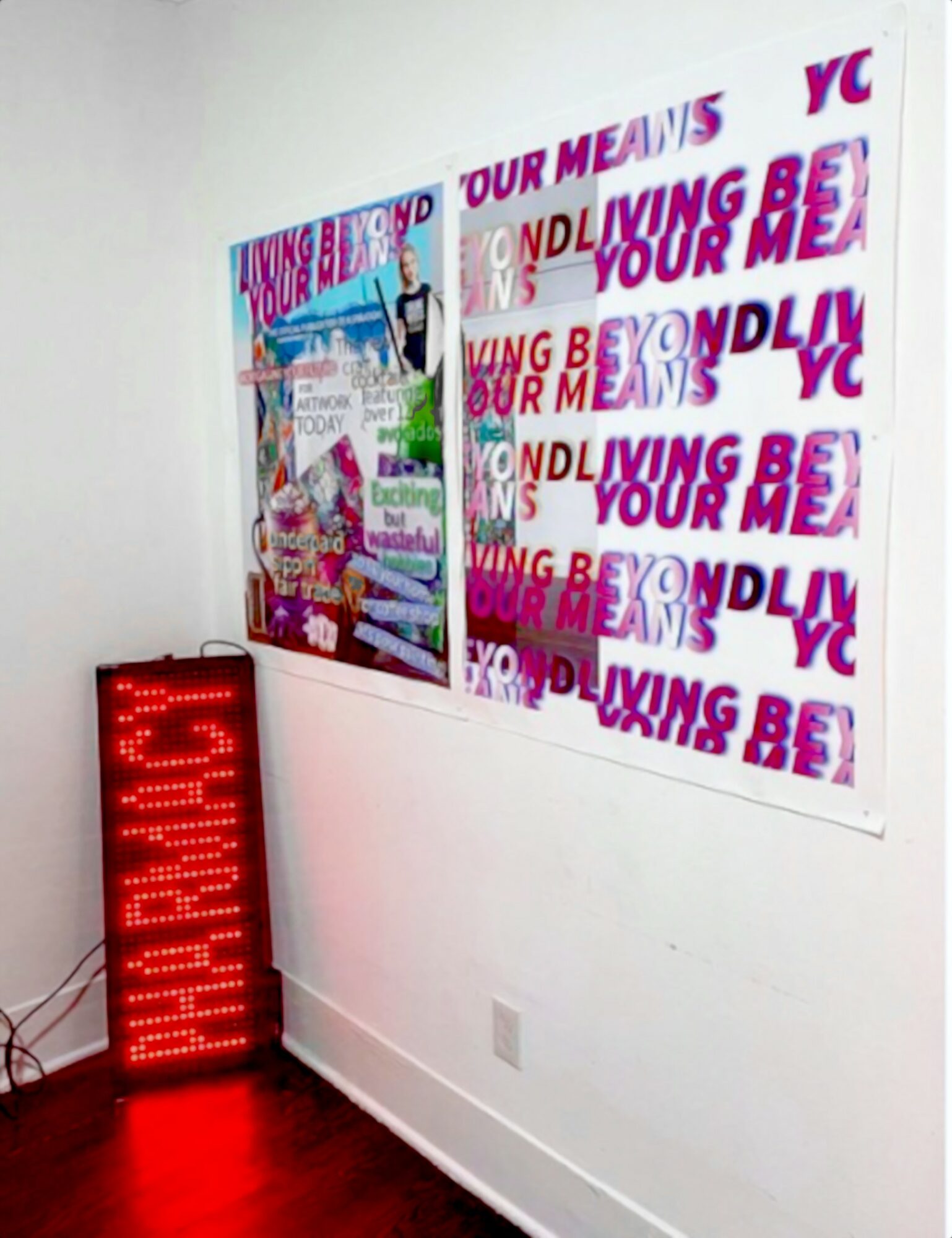
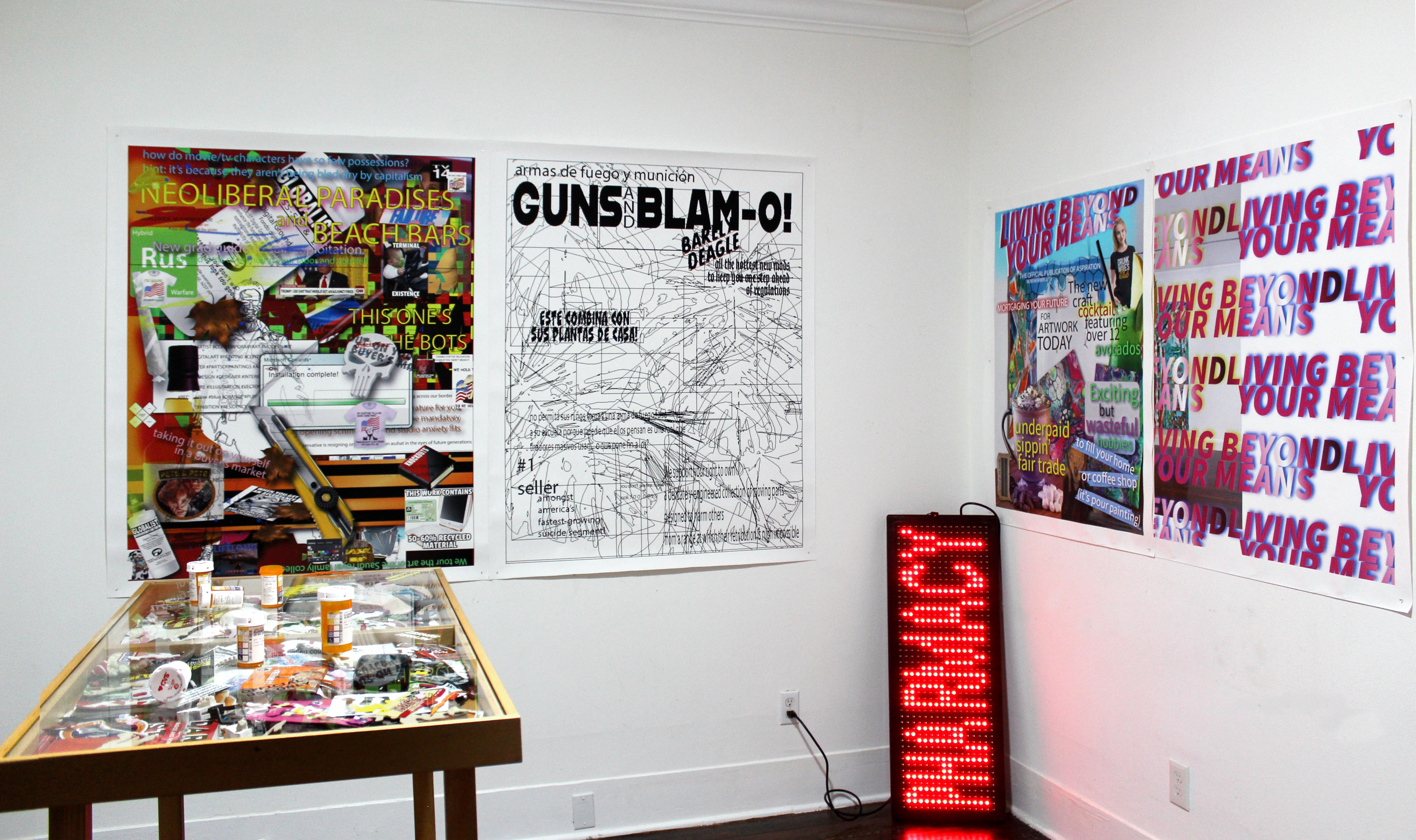
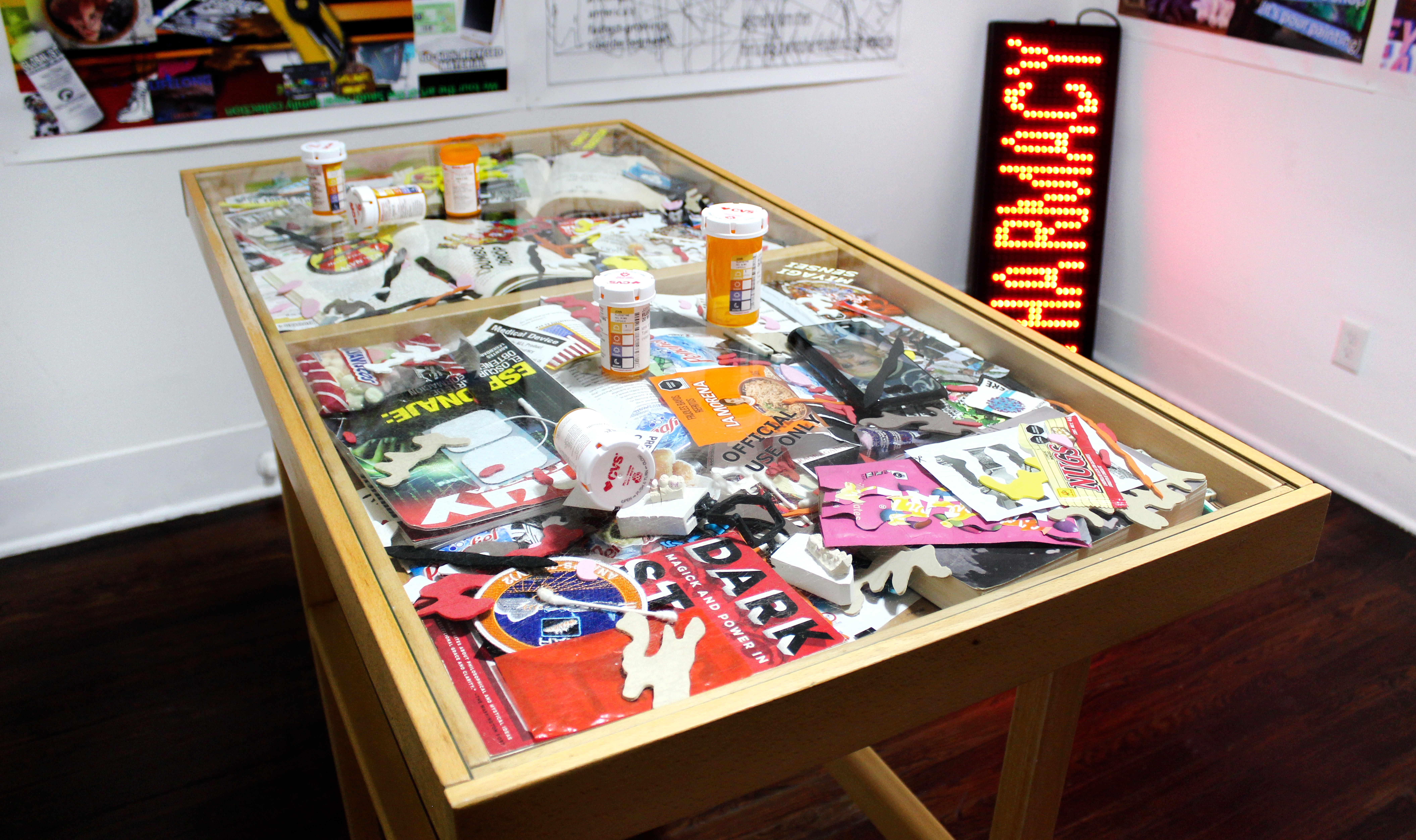
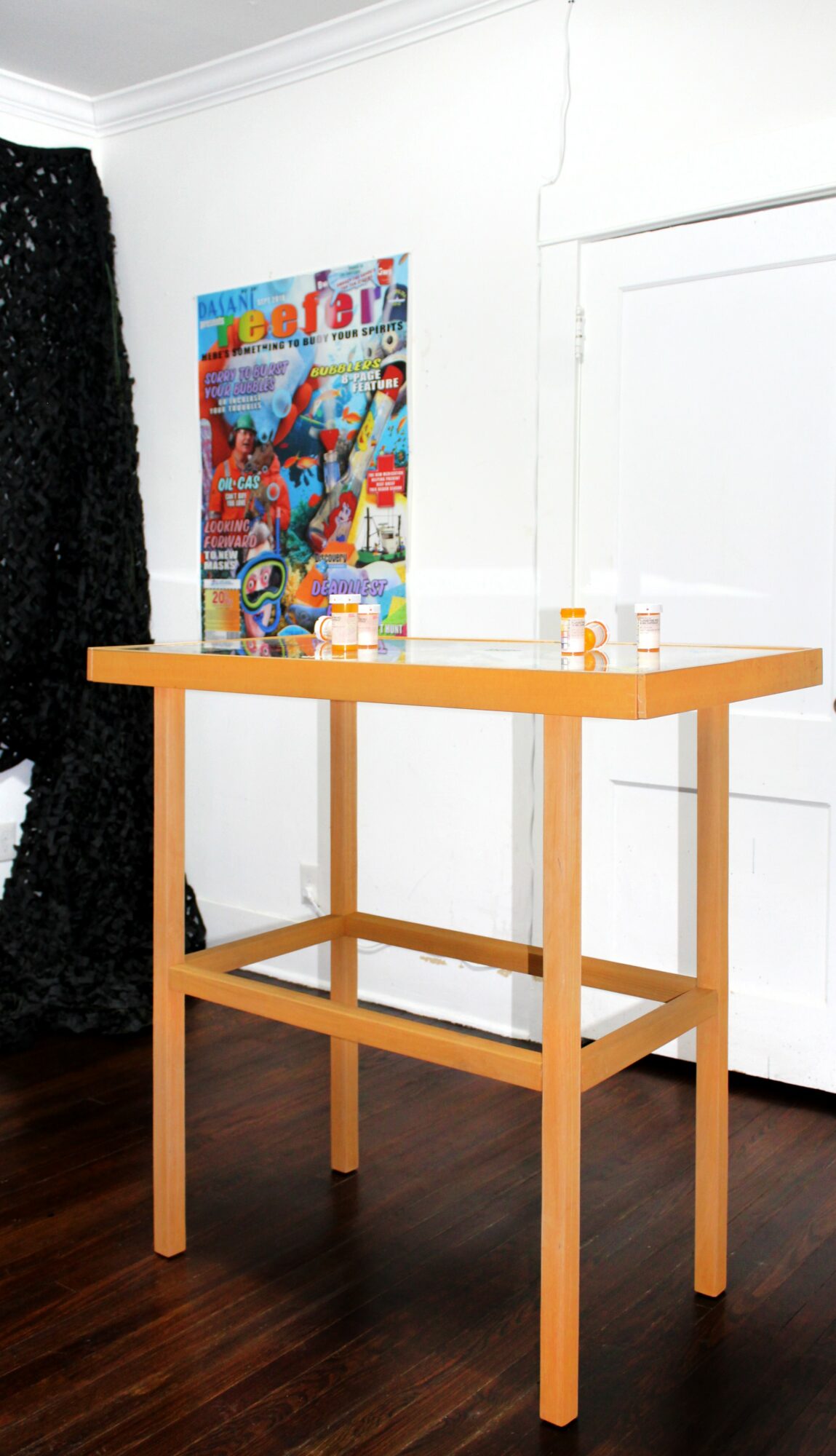
Image Credits
Documentation photos of the exhibition “Living Beyond Your Means” with artworks by John Forse.
Photos take by John Forse.


